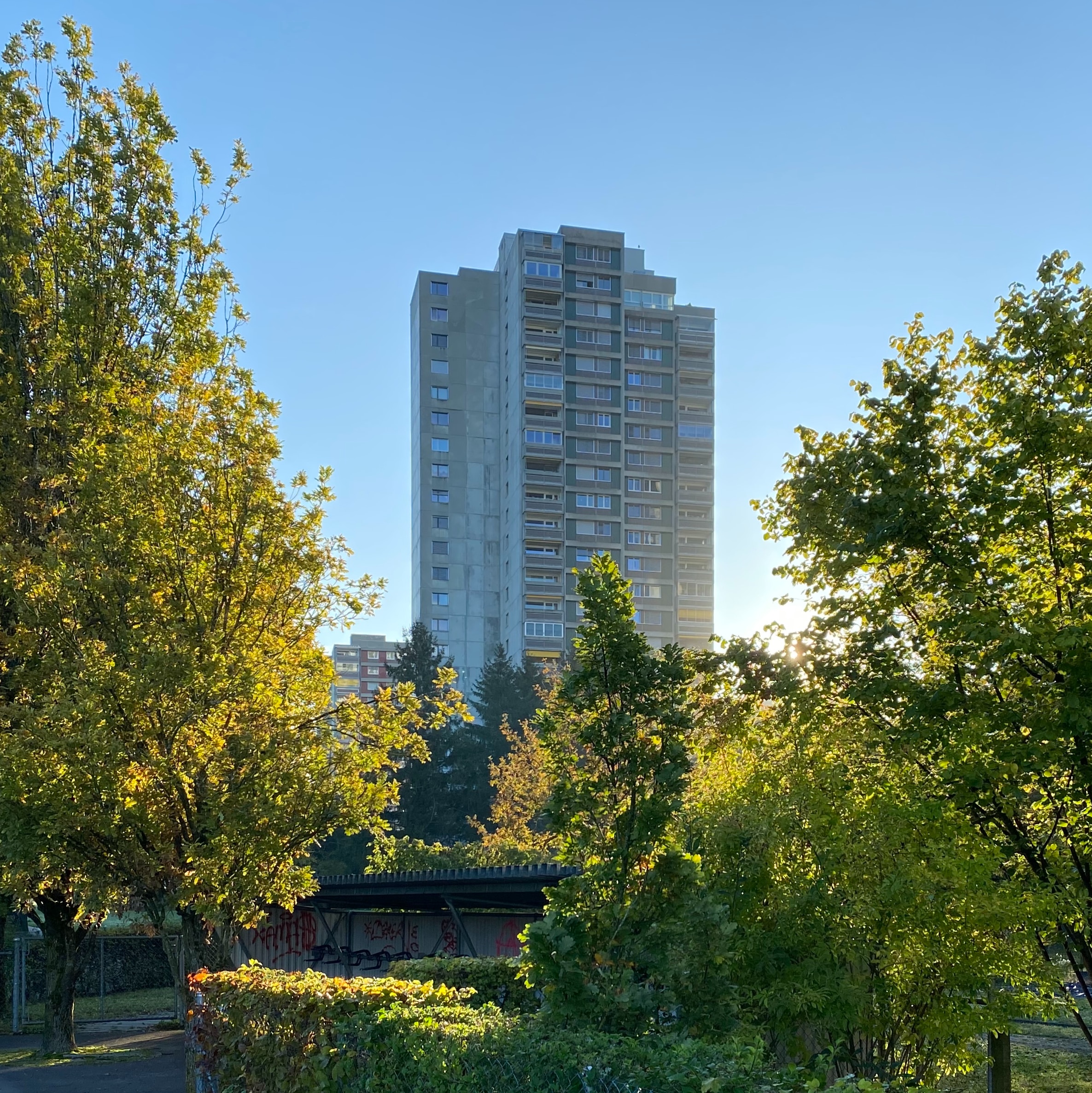
Date April 07, 2022
Category
We’re back with part 2 of the top tree diseases TreeNewal most often diagnoses and treats around North and Central Texas every spring!
In the first part of the series, we looked at three common tree diseases in the state: powdery mildew, hypoxylon cankers, and the dreaded oak wilt. This time around, we’re taking a look at two more widespread diseases that homeowners and commercial property managers experience and how to deal with both.
Leaf Spot or Leaf Blight
What Happens:
This disease is caused by spores of the fungus Helminthosporium turcicum Pass attacking a tree’s leaves and interfering with its photosynthesis process. North Texas’ typical springtime weather of humidity, warmth, and breeziness all contribute to the thriving and spread of leaf spots.
Leaf spots can be tough to correctly identify as the appearance is similar to multiple tree diseases, so be sure to get your leaves checked out by an ISA-certified arborist who knows exactly how to diagnose for sure.
Trees Most Affected:
Fruit-bearing trees , sycamores, maples, horse chestnuts, and most especially oak trees are at the highest risk of being infected.
What to Look For:
Once the spores infect the tree, the disease develops starting with the leaves, turning them a shade of red-purple. The leaves then become brittle and weak before turning brown. Finally, they curl up and sadly die.
Why Two Names?
This disease goes by two names as it depends on the clustering of the spots. If very small and clearly separated on the leaf’s surface, it’s known as leaf spots; if the spots have morphed into a more singular, large mass, the disease becomes known as leaf blight.
Treatment:
Since leaf spots thrive most in humidity, do your best to dry the affected leaves and any nearby that may be at risk. Wherever possible, prune and trim away any diseased or dead leaves and branches. From there, keep the affected tree as isolated as possible if you have other plants in pot underneath it and monitor it daily for the next few weeks or so to make sure the tree is improving.
It’s possible to simply have a hands-off approach as this disease is not necessarily fatal to the tree, but we do recommend at least a consultation with a knowledgeable arborist first to help you determine the best plan of action – or in this case inaction.
Anthracnose
What Happens:
This disease is a big reason why leaf spots are so tricky to correctly identify – it looks nearly identical to anthracnose. Spread by fungi in the cooler humid days of spring, it generally impacts the vulnerable tips of twigs on young deciduous trees, leading to the tree no longer growing new foliage and eventually dying. It’s not generally inherently fatal to the tree, but it does harshly weaken the tree’s ability to resist any other disease or unfavorable environment that may come along and finish the job.
Trees Most Affected:
The plentiful hardwoods of DFW make this a particularly prevalent disease in the area. Maples, elms, walnuts, sycamores, dogwoods, ashes, and yet again oak trees are most prone to anthracnose.
What to Look For:
Leaves may drop uncharacteristically early, and some trees may drop every leaf. Speaking of leaves, they will often curl up and develop spots of browning at their veins. Cankers are a sign you may see showing on the twigs and branches of an affected tree.
As we mentioned earlier, anthracnose can look very similar to leaf spots – the subtle difference is that anthracnose will look as if the leaves were also attacked by a hole-puncher along their veins.
Treatment:
The process of dropping all leaves at incorrect times during the year can be very stressful for a tree. So, if a tree is not diagnosed for a long time and the early leaf dropping become a repeating event, it can weaken the tree to an early death. Timely pruning of questionable branches is an effective tool for the prevention and management of anthracnose.
If a few of your branches are infected and you’re aiming to protect surrounding branches from the same fate, fungicides are an effective measure, though fungicides cannot help where the infection has already set in. It’s highly recommended that, when pruning away and disposing of already infected branches, it’s safest to leave it to the professionals like those at TreeNewal.
If you need advice or assistance with preventing, identifying, or treating any diseases in your trees this spring, get in touch with the ISA-certified arborists at TreeNewal and enjoy tailored tree care advice.
To learn more about The Most Common Tree Diseases in Texas this Spring: The Complete Guide, call our Argyle and Southlake-based teams
at (817) 349-7754 or send us a message.
We’re a little different than the average tree services company.
Learn more about TreeNewal’s ISA Certified Arborists!
Our Dallas/Fort Worth-based tree doctors can explain how sustainable tree care services add more value to your bottom line.
Healthy trees, healthy lives.








